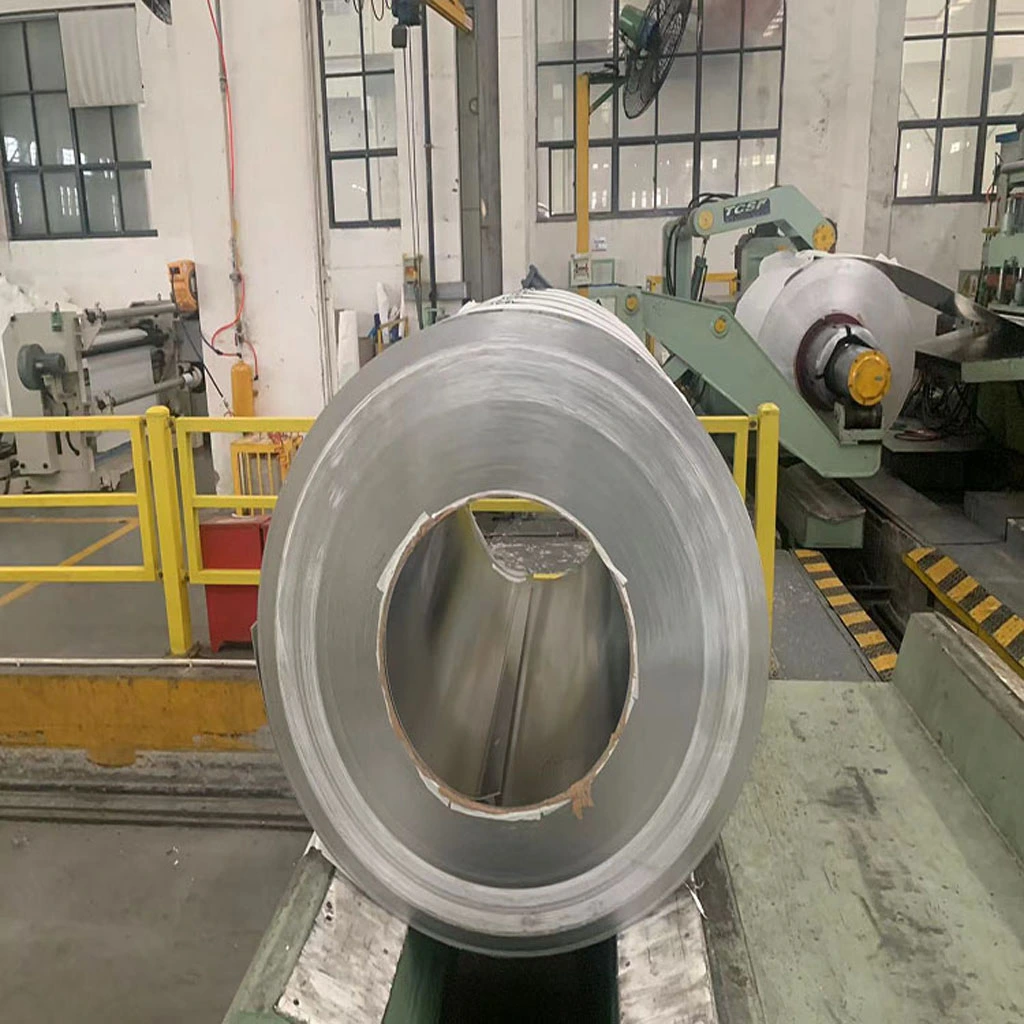What is 304L stainless steel?
2023-06-05
What is 304L stainless steel?
304L stainless steel is a popular variant of the austenitic stainless steel grade 304. It is an alloy that contains a low carbon content, typically around 0.03% or lower. The “L” in its name stands for “low carbon,” indicating its reduced carbon content compared to standard 304 stainless steel. This low carbon content offers several advantages, including improved corrosion resistance, especially in environments where welding is involved. It also helps to minimize the risk of sensitization, a condition that can lead to intergranular corrosion. As a result, 304L stainless steel is commonly used in various applications that require excellent corrosion resistance, such as food processing, chemical processing, pharmaceuticals, and dairy equipment, as well as architectural and automotive components. Its combination of durability, versatility, and cost-effectiveness makes 304L stainless steel a widely utilized material in many industries.
Chemical composition of 304L stainless steel
The chemical composition of 304L stainless steel is as follows:
Iron (Fe): Balancing element
Chromium (Cr): 18.0-20.0%
Nickel (Ni): 8.0-12.0%
Manganese (Mn): 2.0% max
Silicon (Si): 1.0% max
Carbon (C): 0.03% max
Phosphorus (P): 0.045% max
Sulfur (S): 0.03% max
The primary alloying elements in 304L stainless steel are chromium and nickel, which contribute to its excellent corrosion resistance and durability. The low carbon content of 0.03% or lower helps to prevent sensitization and intergranular corrosion, making it suitable for welding applications. The addition of manganese and silicon helps to enhance the material’s mechanical properties and formability. Overall, the chemical composition of 304L stainless steel makes it a versatile and widely used material in various industries.
What are the mechanical properties of 304L stainless steel?
Tensile Strength: 485 MPa (70,300 psi) minimum
Yield Strength: 170 MPa (24,700 psi) minimum
Elongation: 40% minimum
Hardness: Brinell hardness of approximately 145
These values are based on the typical mechanical properties of annealed material. It is important to note that the mechanical properties of 304L stainless steel can vary depending on factors such as the manufacturing process, heat treatment, and the specific grade or specification of the material.
What are the physical properties of 304L stainless steel?
The physical properties of 304L stainless steel include:
Density: The density of 304L stainless steel is approximately 8.0 g/cm³ (0.289 lb/in³). This value indicates the material’s mass per unit volume and is useful for various engineering calculations.
Melting Point: The melting point of 304L stainless steel is around 1400-1450°C (2550-2640°F). This high melting point allows the material to retain its structural integrity at elevated temperatures.
Thermal Expansion: 304L stainless steel exhibits a coefficient of thermal expansion of approximately 17.3 μm/m·°C (9.6 μin/in·°F) over the temperature range of 0-100°C (32-212°F). This value represents the material’s tendency to expand or contract with changes in temperature, which is important to consider for applications with varying temperature conditions.
Electrical Resistivity: The electrical resistivity of 304L stainless steel is around 72.0 μΩ·cm (28.5 μΩ·in). This property determines the material’s resistance to the flow of electric current and is relevant for electrical and electronic applications.
Magnetic Properties: 304L stainless steel is generally non-magnetic in its annealed condition. However, it may exhibit some magnetic properties after cold working or when subjected to certain heat treatments. It is considered to have weak magnetic response compared to ferromagnetic materials.
These physical properties of 304L stainless steel contribute to its practicality and suitability for various applications.
What are the characteristics of 304L stainless steel?
The characteristics of 304L stainless steel include:
Corrosion Resistance: 304L stainless steel exhibits excellent corrosion resistance, particularly in environments where exposure to chemicals, moisture, and corrosive substances is a concern. It is resistant to oxidation, atmospheric corrosion, and a wide range of corrosive media, including acids, alkaline solutions, and chlorides.
Weldability: 304L stainless steel is highly weldable due to its low carbon content, which reduces the risk of sensitization and intergranular corrosion. It can be easily welded using common welding techniques such as TIG (Tungsten Inert Gas) welding, MIG (Metal Inert Gas) welding, and resistance welding, making it suitable for fabricating and joining components.
Formability: 304L stainless steel has good formability, allowing it to be easily shaped, bent, and formed into various configurations. It can be cold worked and hot worked to achieve desired shapes and sizes, making it versatile for different manufacturing processes.
High Temperature Resistance: 304L stainless steel retains its mechanical properties and structural integrity at high temperatures. It can withstand prolonged exposure to temperatures up to 870°C (1600°F) without significant loss of strength, making it suitable for applications involving elevated temperatures.
Hygienic and Food Grade Properties: 304L stainless steel is commonly used in the food processing industry due to its hygienic properties. It is non-toxic, non-porous, and resistant to bacterial growth, making it suitable for contact with food, beverages, and pharmaceutical products.
What are the common applications of 304L stainless steel?
04L stainless steel finds widespread use in various industries due to its excellent corrosion resistance, weldability, and versatility. Its low carbon content makes it particularly suitable for applications where welding is involved. Common applications of 304L stainless steel include food processing equipment such as tanks, piping, and utensils, where its hygienic properties and resistance to corrosive substances are crucial. It is also widely used in chemical processing plants, pharmaceutical equipment, and dairy equipment. Architectural components such as handrails, balustrades, and decorative elements benefit from its aesthetic appeal and durability. In the automotive industry, 304L stainless steel is employed in exhaust systems, trim components, and other parts requiring resistance to corrosion. Additionally, it is utilized in heat exchangers, pressure vessels, and various equipment that require reliable performance in demanding environments. The broad range of applications for 304L stainless steel highlights its suitability across multiple industries where corrosion resistance and weldability are paramount.
